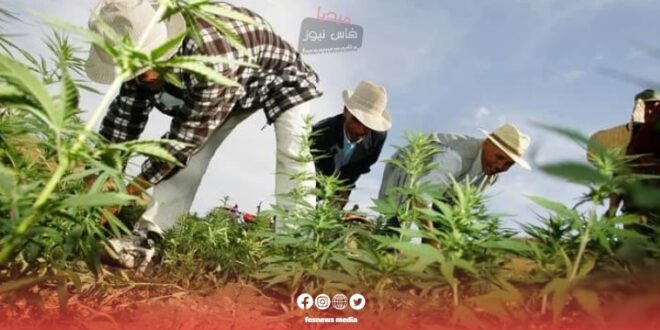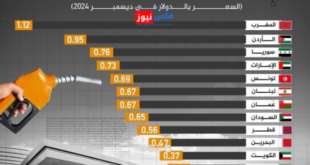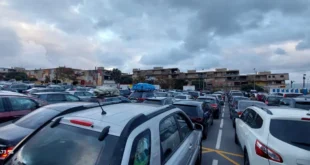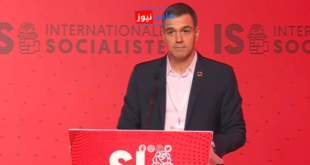In a historic shift, Morocco has legalized the cultivation of cannabis, locally known as “kif”, in three provinces of the Rif region in the north of the country. This radical change, which began implementation two years ago, comes after decades of prohibition and clandestine practices.
According to statements by 48-year-old farmer Abdessalam Ichhou from the village of Mansoura in Chefchaouen province, this transition has brought about a significant change in farmers’ lives. Ichhou says, “I never imagined we would grow kif without fear of arrest, theft, or difficulties in selling.”
This new legislation, approved in 2021, aims to regulate the medical and industrial uses of cannabis. It is expected to contribute to combating illicit drug trafficking, enhancing Morocco’s position in the international market for industrial uses of the plant, and economically developing the Rif region.
According to the National Agency for the Regulation of Cannabis-related Activities, last year’s legal harvest reached 296 tons. This crop is characterized by a very low content of the psychoactive substance (THC), making it suitable for medical and industrial uses.
Last year saw a significant increase in the number of farmers engaged in legal cultivation, rising from 430 to 3,000 farmers. The legally cultivated area also increased from 286 hectares in 2023 to 2,700 hectares this year.
Said El Keddar, 47, a farmer who recently joined the program, says, “Despite initial fears, legalization is the right path to follow.”
Parallel to regulating cultivation, the specialized agency has issued more than 200 licenses to companies working in the manufacture, export, or import of cannabis seeds. Businessman Aziz Makhlouf has opened a factory in the town of Bab Berred near Chefchaouen, employing 24 workers to produce various cannabis materials.
Mohammed El Guerrouj, director of the agency responsible for regulation, affirms that the primary goal is to improve farmers’ living standards and enable them to “come out of the shadows into the light.” According to official studies, farmers can achieve the equivalent of 12% of the regulated sector’s revenues, compared to only 4% from the illegal market.
Despite notable progress, the legally cultivated area is still far less than the 55,000 hectares covered by illegal cultivation in 2019. Nevertheless, Morocco appears to be moving steadily towards regulating this sector in a gradual and well-studied manner, which may open new horizons for economic development in the region.
 فاس نيوز ميديا جريدة الكترونية جهوية تعنى بشؤون و أخبار جهة فاس مكناس – متجددة على مدار الساعة
فاس نيوز ميديا جريدة الكترونية جهوية تعنى بشؤون و أخبار جهة فاس مكناس – متجددة على مدار الساعة













